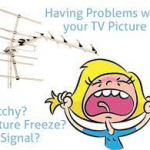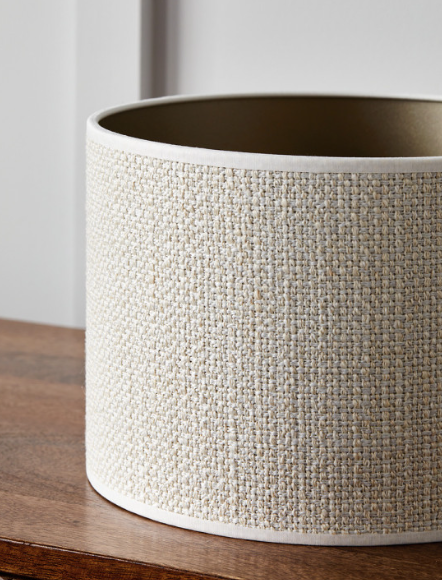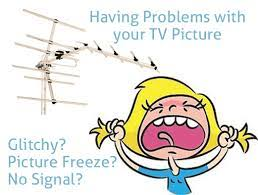The system that creates the venue’s lighting environment consists of various high-quality elements for sports lighting and venue lighting design and lighting patterns. Before investing in sports lighting for a stadium, there are many things to consider. These variables include the kind of materials used and the light’s conductivity. The temperature and humidity level should also be taken into account. The right materials must function well in challenging circumstances, so the selection is crucial. Stadium lights must also be shielded from overheating, which could harm them. Proper ventilation should be installed in stadiums to avoid this.
Quality of Illuminance
There are some factors to take into consideration when choosing stadium lighting. Two of the most important considerations are the quantity and quality of illuminance of sports lighting. Depending on the level of play, a stadium’s capacity, and the overall design, the amount of illuminance required will vary. Typically, stadium lights should provide an average illuminance of about 650 to 700 lux.
Another factor to consider when choosing stadium sports lighting is the kind of sport to be played. Many facilities play more than one sport, requiring a multipurpose design. Other facilities are single-sport playing facilities. In this case, the lighting requirements are more specialized. Specific attention should be paid to the position of the lights relative to the playing surface and the number of spectators.
Beam Angles
Beam angles are a way to disperse light across a stadium’s floor. Wider beam angles are more efficient for large stadiums, while narrower ones will produce a softer light for lower-height venues. Beam angles should be varied between 12 and 60 degrees to create the best lighting conditions for a sporting event.
LED stadium lights are great for reducing glare but must be installed with proper beam angles. If not installed correctly, they will cast a shady, dim light that can blind players and fans. Also, bad beam angles can spoil the atmosphere of a sporting event. To avoid these problems, choose stadium lights with high-quality LED drivers.
The height at which sports lights are mounted can also affect the angle of the light’s beam. In smaller venues, stadium lights are installed at twenty to thirty feet, while larger professional venues typically require poles over 75 feet high. Regardless of height, stadium lights should have a high enough height to be visible without creating glare.
Height of Sports Lighting
The height of sports lighting in stadiums varies depending on the type of venue. The minimum height is approximately 50 feet. The recommended height is 70 feet to 80 feet. Increasing the system’s height is important to prevent glare and maximize light output. However, the height also affects the stability of the poles. Therefore, doing a foundation survey early in the design process is important.
In addition to brightness, stadium lighting must have uniformity. It is an important criterion for lighting a sports field. The lighting needs to provide a uniform light source for spectators and players. The stadium is a large venue for a variety of events. They typically include tiers of seating.
Color Rendering Performance
Color rendering performance is a key element in stadium lighting. The higher the CRI, the better the color rendition. A lower CRI will produce a warmer or dimmer color impression. For sports lighting, it’s best to use lights with a CRI of 4000 or higher.
The CRI of sports lighting is important for some reasons, including the appearance of the athletes. High CRI means the colors shown under the light will be as close to natural light as possible. For football stadiums, high CRI stadium floodlights are an excellent option. They give fans an amazing viewing experience and improve player performance and security.
In addition to providing good visibility, stadium lighting must also be glare-free. Glare can lead to eye strain and fatigue in both spectators and players. In addition to this, it’s essential that the stadium lighting match the appearance of natural light.





















+ There are no comments
Add yours